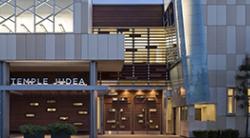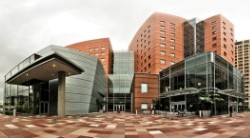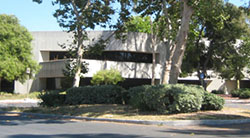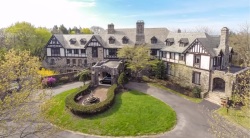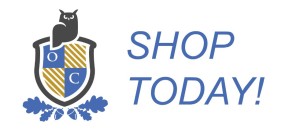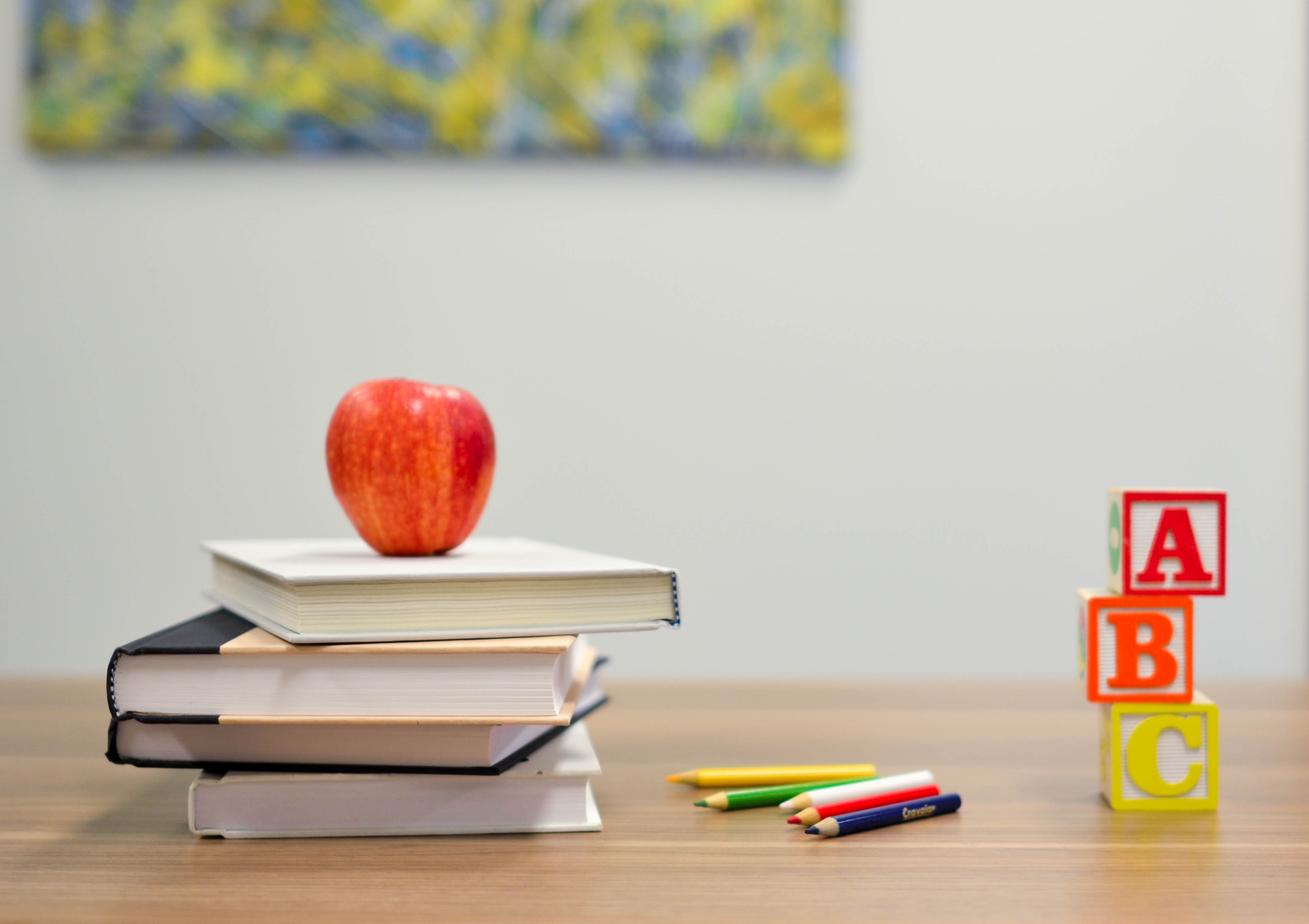
Gifted children, once identified (and if they are fortunate), may be given opportunities to express and develop those gifts through advanced projects or courses, or via personal instruction. Children with learning difficulties, if identified, may be given remedial courses or intervention with special education plans and programs.
But what happens when children are found to have both giftedness and learning challenges? Which way does the education process take them? Are they still given advancement opportunities? Are they still given intervention as needed?
That is a big problem in today’s schools, because often the decision is to go one way or the other – but not both. And that is the real challenge for education today, because the overriding need is to do exactly that: educate and support the twice-exceptional student.
These children that show exceptional intelligence and have individual learning characteristics and styles, tend to develop their skills at different rates, may also have some kind of processing disorder, and could additionally have a high level of anxiety from their inability to adapt socially in the classroom.
Challenges That Twice-Exceptional Students Face
Twice-exceptional children are driven to achieve perfection. But unlike other smart kids, they report that they cannot make their “brain, body, or both” do what they want them to do.
In addition, they have high expectations for themselves and want to go further with studies than the normal classroom allows, or the curriculum is presented in a way that is difficult for them to grasp.
They have problems with classmates, too. There aren’t too many other students who think like they do or appreciate their intelligence or unique way of thinking. Other kids don’t involve them in group activities or consider them part of their “inner circle.” This leads to a feeling of isolation, low self-esteem, and/or possible depression.
Teachers may recognize their intelligence but react to their seeming lack of interest in repetitive practice work or reviews of material. Their inattentiveness or daydreaming may get them in trouble.
All of these situations contribute to frustration and the possible masking of either the intelligence or the learning disorder. This compounds the problem of identifying each characteristic and nurturing or supporting it.
Studies show that these students perform better when they receive some combination of gifted programming, differentiated instruction, and special education services to address both the giftedness and the learning challenge. Here are some of the strategies being used to educate the twice-exceptional student:
Differentiate the Curriculum
Recognizing the 2e student’s giftedness should come as the top priority, even when the learning disorder is also acknowledged. In spite of their challenges, the 2e student should be allowed to engage in a curriculum that plays to their strengths.
Strength-based instruction emphasizes talent, growth and development over remediation of deficiencies. Teaching should develop individual learning programs for 2e students that facilitate high-level abstract thinking, creative expression, and unique problem-solving.
2e students have preferred learning styles. Visual learners learn more from what they see, what they read, and what they visualize. Auditory learners tend to listen more carefully and learn from hearing instruction.
Kinesthetic learners prefer moving around and learn through movement, while tactile learners learn from touching and manipulating objects. The more that the curriculum can offer sensory choice, the better the chance that twice-exceptional students will flourish.
Multi-disciplined instruction will lead to more meaningful learning, better achievement, higher self-image and satisfaction, and lower frustration levels.
The curriculum challenges should be appropriate for advanced learners. The levels of expected achievement should be high enough to motivate 2e students and get them to fully engage and stretch their abilities, but not too high so that they fail.
Integrate Technology
Technology can help many students but especially gifted students with learning challenges. For example, some students are capable of high-level learning in mathematics and problem-solving but have difficulty with simple computations. These students can benefit from the use of calculators, laptops or tablets.
Similarly, students with advanced ideas who also have difficulties in spelling or writing could benefit from voice recognition software, automated spell-checkers, and word-prediction software.
Students with strong auditory skills but difficulty in reading will do better with recorded lectures, auditory books, and films or videos.
Address Social and Emotional Needs
Teachers should be aware of the social and emotional needs of 2e students, and provide a nurturing environment that supports their development.
Teachers should support individual differences and learning styles, and provide instruction and activities that accommodate multiple intelligences and reduce stress levels.
Teachers should also provide flexible grouping to accommodate varying levels of interest and ability. Methods of evaluation and measurement should involve different expressions of knowledge and understanding.
2e students may react differently than other students, and teachers should be aware of academic and social pressures that might underlie such behavior and provide a supportive and accepting classroom culture.
Incorporate Counseling
The 2e student’s high self-expectation and drive for perfection often leads to psychological conflict and physical discomfort. Frustration leads to general unhappiness and possible dysfunction.
Counseling should be made available on an as-needed basis to address the individual needs of each 2e student. Sometimes, same-group counseling can provide a valuable perspective by helping students see that other 2e students have similar feelings and experiences as they do.
Counseling can be done by trained teachers who understand the nature of 2e students and their inner conflicts. But students may require counselors who are specially trained in how to identify 2e issues and can provide the kind of intervention and special programming that has proven to be effective with 2e kids, based on their research and experience.
Provide Study Guidance
2e students might be naturally bright but have a lot of trouble with study habits. They may be disorganized, with no sense of planning or goal-setting. They may have trouble with priorities or setting realistic expectations. They may have no sense of time, or weak time-management skills.
These students may need intervention related to their own areas of academic challenge. They may need help with an academic area like math or reading, but they may also need help with learning how to study.
2e students might benefit from being taught how to use appropriate resources or how to set and prioritize goals, to identify what is important and what is not, and how much time is realistic to spend on a given task.
The principle of scaffolding, the building of new knowledge on existing knowledge, can be used by teachers in both individual and group settings to help students move toward more complex problem-solving in a controlled, low-anxiety approach.
Where appropriate, individual mentoring should be used to facilitate learning based on the 2e student’s areas of strength. Mentors who share the student’s learning style can provide valuable insights on how to maximize this strength.
The traditional classroom is not ideal for 2e students. What is needed is a paradigm shift to a strength-based model of education rather than the current remedial one.

